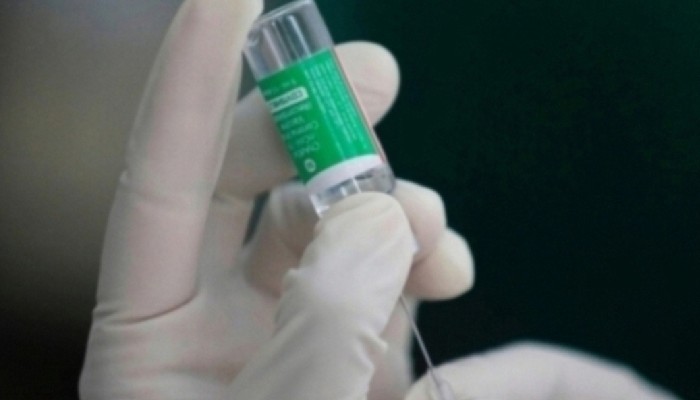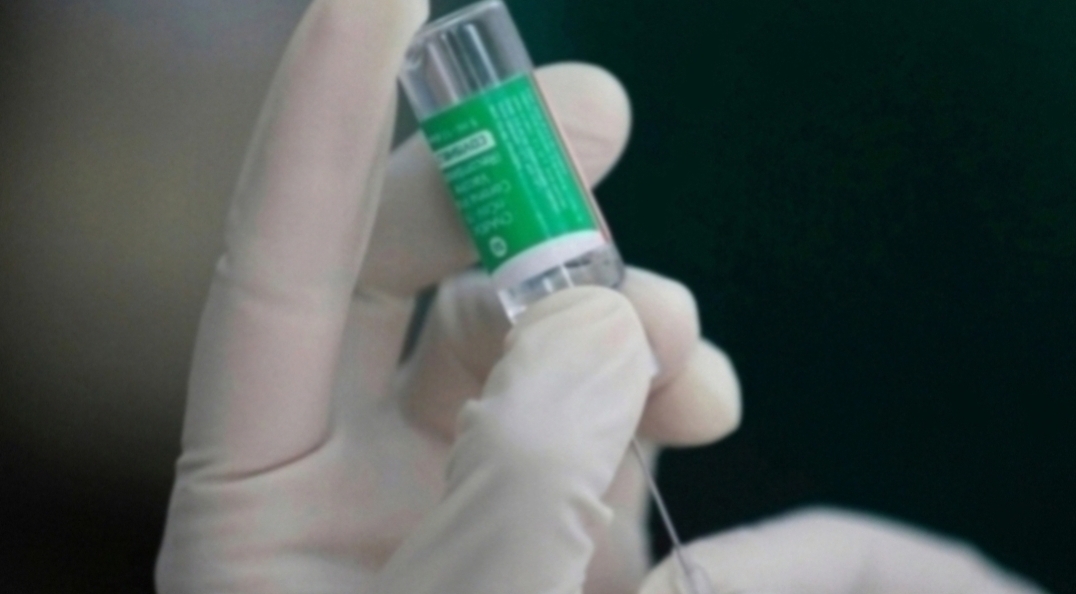India could otherwise have had close to 8.2 lakh coronavirus cases by April 15, a senior official said citing internal statistical analyses
Union health ministry officials defended the nationwide lockdown on Saturday and said the country would have had close to 120,000 coronavirus disease (Covid-19) cases by April 15 if people moved as usual, giving out data not based on any epidemiological premise, but , as the ministry put it, statistical analysis.
The health ministry’s calculations were, according to joint secretary Lav Agarwal, based on the cumulative growth rate (CGR) observed prior to the lockdown – a figure the official said was 28% when the nation was forced to shut down on March 25.
“This is merely health ministry’s internally done statistical rate of growth-based analysis. It is not a study done by the ICMR or any other technical body,” said Agarwal.
The ministry’s projections involved other scenarios, such as taking into account the peak CGR of 41% observed till now. “If 41% CGR (which has been the highest spike in cases noticed so far) is taken into account in a no-restrictions scenario, “the number of cases would have been 8.2 lakh till April 15,” Agrawal said.
The official, who made the statement during the daily briefing, did not give details about the methodology.
“This goes on to prove that lockdown and other preventive measures are a must to keep the numbers low. The Indian government is working to the extent of being over prepared. All critical supplies are being assured to states, and there are already 586 dedicated Covid-19 hospitals that will give us additional 104,613 isolation beds, and 11,836 intensive care unit (ICU) beds,” said Agarwal.
Disease growth rates, however, are influenced by several other factors that need to be taken into account, such as the disease’s basic reproduction number (how infectious a particular illness is), social contact patterns etc.
One of the preferred methods is SIR modeling, which looks at how much of the population will fall in three categories: suspected, infected and recovered, and takes into account factors that can have an impact on the growth rates.
CGR calculations take into account none of that – they are a basic calculation of a rate of growth over a period of time.
“It is important to understand the assumptions behind the modeling. We do not know what is the doubling rate, what are the factors related to host, environment or agents. In the absence of these, assuming counterfactual scenarios such as depicted in this are very difficult to imagine,” said Giridhar R Babu, professor and head, Lifecourse Epidemiology, Public Health Foundation of India.
To be sure, the lockdown will have disrupted social contact patterns. A statistical projection – involving established epidemiological tools – using case data till March 22 by a group of academicians in three American university and the Delhi School of Economics showed that India would have had between 97,000 to 1.3 million cases by May 15 if no restrictions were put in place.
The health ministry officials at Saturday’s briefing asserted the government’s containment plans were being implemented to the last detail on ground, and provided 100% result.
The state, district administration and frontline workers coordinated their efforts by utilizing their existing Smart City Integrated with Command and Control Centre (ICCC) as “war rooms”, Agarwal said.
“In these containment zones, Urban Primary Health centers were roped in and 1,248 teams were deployed; each team had 2 workers including ANMs/ASHA/AWW reaching out to 9.3 lakh of people through household screening… about 2,500 people were found to be symptomatic and made to under testing. The strategy adopted by Agra is being shared with other states as a best practice,” said Agarwal.
The joint secretary added that the government was “ensuring there is no shortage of supplies of critical items which includes PPEs, N95 masks, testing kits, medicines and ventilators in any state”.
Courtesy: Hindustan Times
 Contact Us
Contact Us  Subscribe Us
Subscribe Us









 Contact Us
Contact Us
 Subscribe
Subscribe
 News Letter
News Letter

